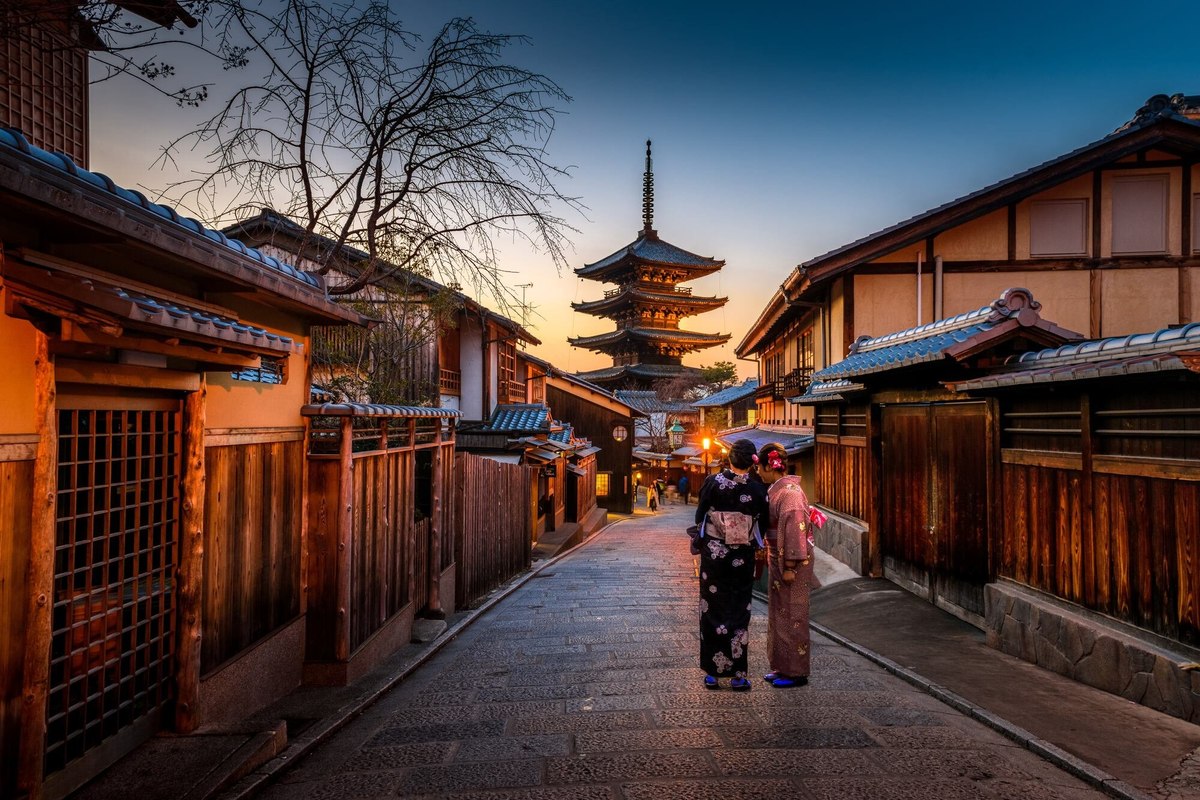Buzz Haven: Your Source for Trending Insights
Stay updated with the latest buzz in news, trends, and lifestyle.
Passport to Curiosity: A Journey Through Cultural Quirks
Explore the world’s cultural quirks and ignite your curiosity! Join us on a captivating journey that celebrates diversity and surprises.
Exploring the World's Most Fascinating Cultural Quirks
Exploring the world's most fascinating cultural quirks reveals the unique habits and traditions that define various societies. From the quirky practice of fika in Sweden, where people take coffee breaks to foster connection, to the Japanese tradition of hanami, which celebrates the fleeting beauty of cherry blossoms, these customs highlight the diversity of cultural expression. Other remarkable practices include the communal sharing of food in Ethiopia, where diners eat from a shared plate, fostering a sense of unity among friends and family, and the Day of the Dead in Mexico, a vivid celebration honoring deceased loved ones with altars, flowers, and favorite foods.
In addition to these traditions, some cultural quirks are rooted in everyday life. For example, in Italy, it's common to serve espresso after a meal, as this strong coffee is believed to aid digestion and provide a pleasant finish to dining experiences. In contrast, the concept of personal space varies significantly across cultures; in many Middle Eastern countries, a close physical proximity during conversation is a sign of trust and friendship. Understanding these fascinating cultural quirks can deepen our appreciation for the rich tapestry of human expression across the globe, encouraging interconnections that celebrate our differences while highlighting our shared experiences.

10 Surprising Customs from Around the Globe That Will Intrigue You
Traveling the world opens your eyes to a myriad of cultures and traditions, some of which can be incredibly surprising. For instance, in Japan, it is customary to bow when greeting someone as a sign of respect, and the depth of the bow can indicate the level of respect. Another intriguing custom can be found in Spain, where during the festival of La Tomatina, participants engage in an epic tomato fight, throwing overripe tomatoes at each other in a celebration that brings joy and chaos.
In India, you may be surprised to learn that it is common to eat with your hands, with the right hand reserved for food and the left hand for other tasks, emphasizing the importance of cleanliness. Meanwhile, in Samoa, the tradition of ava ceremonies involves the drinking of a beverage made from the kava root, often accompanied by chanting and ritualistic practices, fostering community and connection among participants. These customs showcase the diverse ways in which people express their identity and values, making global exploration a truly enriching experience.
What Makes Each Culture Unique? A Deep Dive into Global Traditions
Every culture across the globe is shaped by a myriad of factors, making it unique in its own right. From the language spoken to the festivals celebrated, these elements reflect the history, beliefs, and values of the people. For instance, in Japan, the traditional art of Ikebana (flower arranging) showcases the nation’s appreciation for nature and simplicity. Similarly, the vibrant colors and intricate patterns of Mexican textiles highlight a rich tapestry of cultural heritage that dates back centuries. Each tradition, whether it's the Diwali festival in India or the Day of the Dead in Mexico, serves as a lens through which we can view the world.
Furthermore, the culinary practices of different regions are a delightful testament to their unique cultures. Take, for example, Italian cuisine, known for its emphasis on fresh ingredients and communal dining experiences, or the spicy flavors of Thai food, which reflect the tropical climate and agricultural practices. These culinary traditions do not just satisfy hunger but also foster community, storytelling, and tradition. As we explore global cultures, it becomes clear that our differences, when celebrated, add depth and variety to the human experience, reminding us of the rich diversity that exists worldwide.